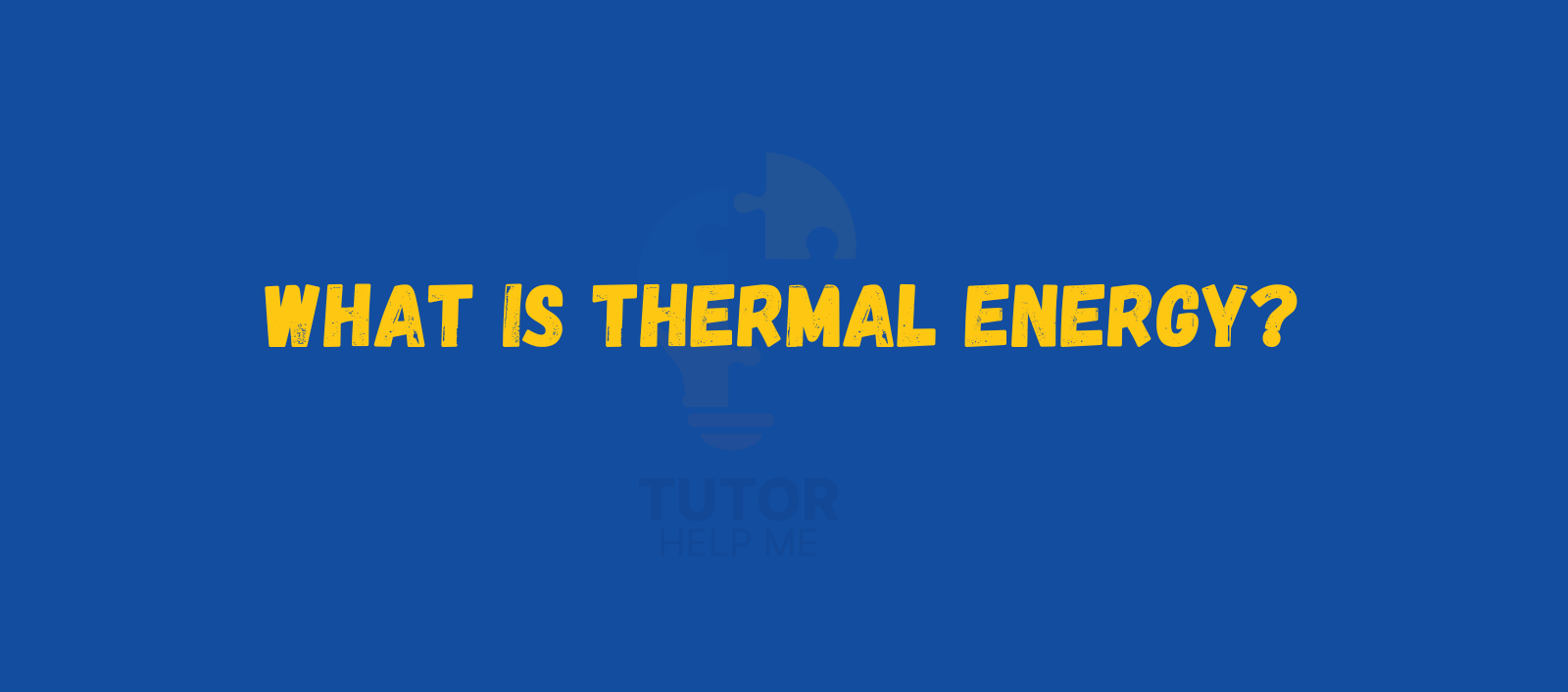Have you ever felt the warmth of the sun or touched a hot cup of tea? That warmth is a result of thermal energy. It’s one of the most common forms of energy we experience every day.
This blog explains what is thermal energy, how it works, its formula, units, and real-life examples.
You will also learn about heat transfer, particle motion, and how thermal energy connects to other forms of energy.
Let’s begin exploring how this invisible form of energy keeps the world warm and active!
What Is Thermal Energy?
Thermal energy is the energy produced by the movement of particles inside a substance. When particles move faster, the temperature rises, and more thermal energy is generated.
Example:
When you heat water, the particles inside start to move faster, increasing its temperature. This motion creates thermal energy.
In simple words, the faster the particles move, the hotter the object becomes.
Thermal Energy Formula
The formula for calculating thermal energy is:
Q = m × c × ΔT
Where:
- Q = Thermal energy (in joules)
- m = Mass of the substance (in kilograms)
- c = Specific heat capacity (J/kg°C)
- ΔT = Change in temperature (°C)
Example:
If 2 kg of water is heated from 20°C to 50°C,
Q = 2 × 4200 × (50 − 20)
Q = 252,000 J
This means the water absorbed 252,000 joules of thermal energy.
Units of Thermal Energy
The SI unit of thermal energy is the joule (J).
Other commonly used units include:
- Calorie (cal) – used in measuring food energy
- Kilocalorie (kcal) – equal to 1000 calories
- British Thermal Unit (BTU) – used in air conditioning and heating systems
Conversion:
1 calorie = 4.18 joules
Key Aspects of Thermal Energy
To understand how thermal energy works, we must look at its key components:
Particle Motion
All matter is made up of tiny particles, atoms and molecules. These particles are always moving.
- When they move faster, they produce more thermal energy.
- When they slow down, thermal energy decreases.
Example:
Heating metal makes its particles vibrate quickly, which increases temperature. Cooling slows them down.
Temperature
Temperature measures how hot or cold something is. It shows the average kinetic energy of particles in a substance.
- High temperature = High thermal energy
- Low temperature = Low thermal energy
Example:
Boiling water has more thermal energy than ice because its particles move faster.
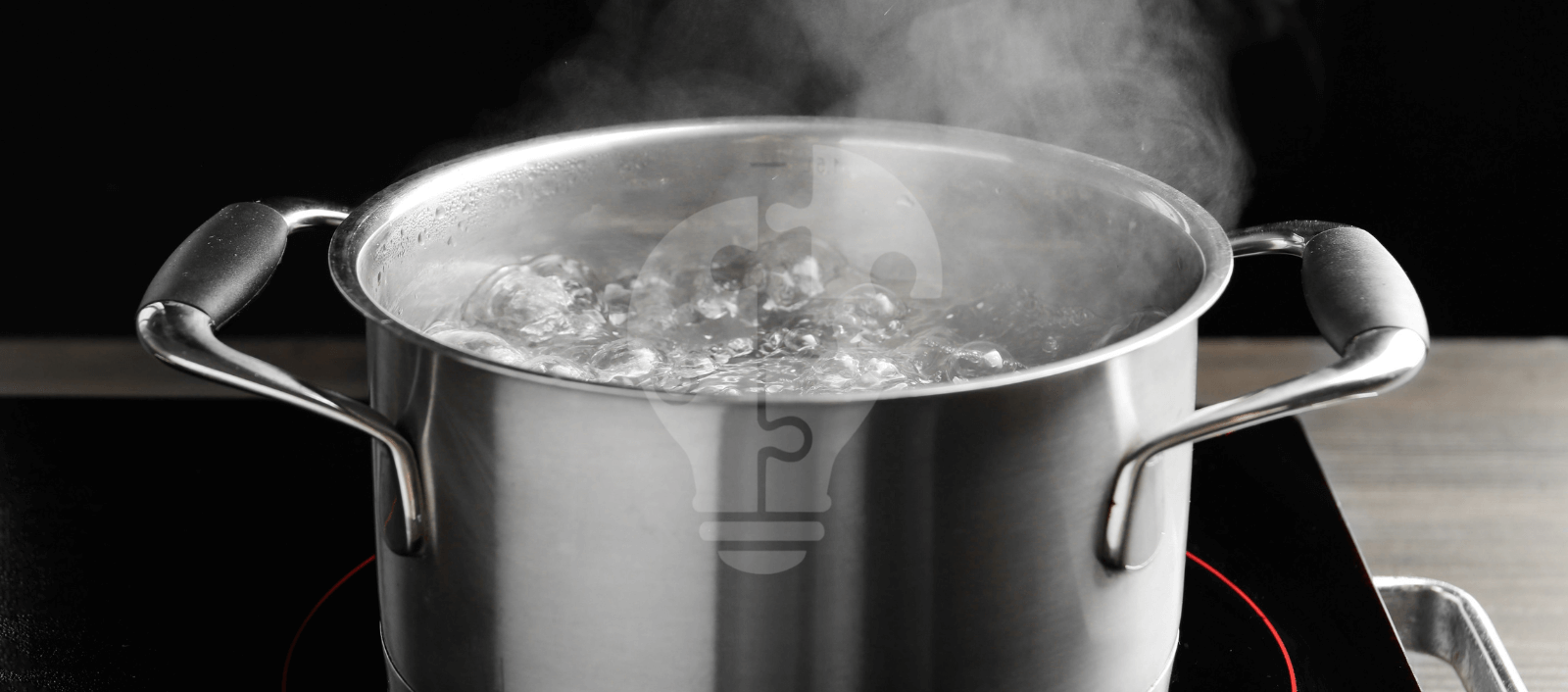
Heat Transfer
Heat is the transfer of thermal energy from a hotter object to a cooler one.
Example:
When you hold a warm mug, heat moves from the mug to your hand.
Heat always flows from high temperature to low temperature until both reach equilibrium.
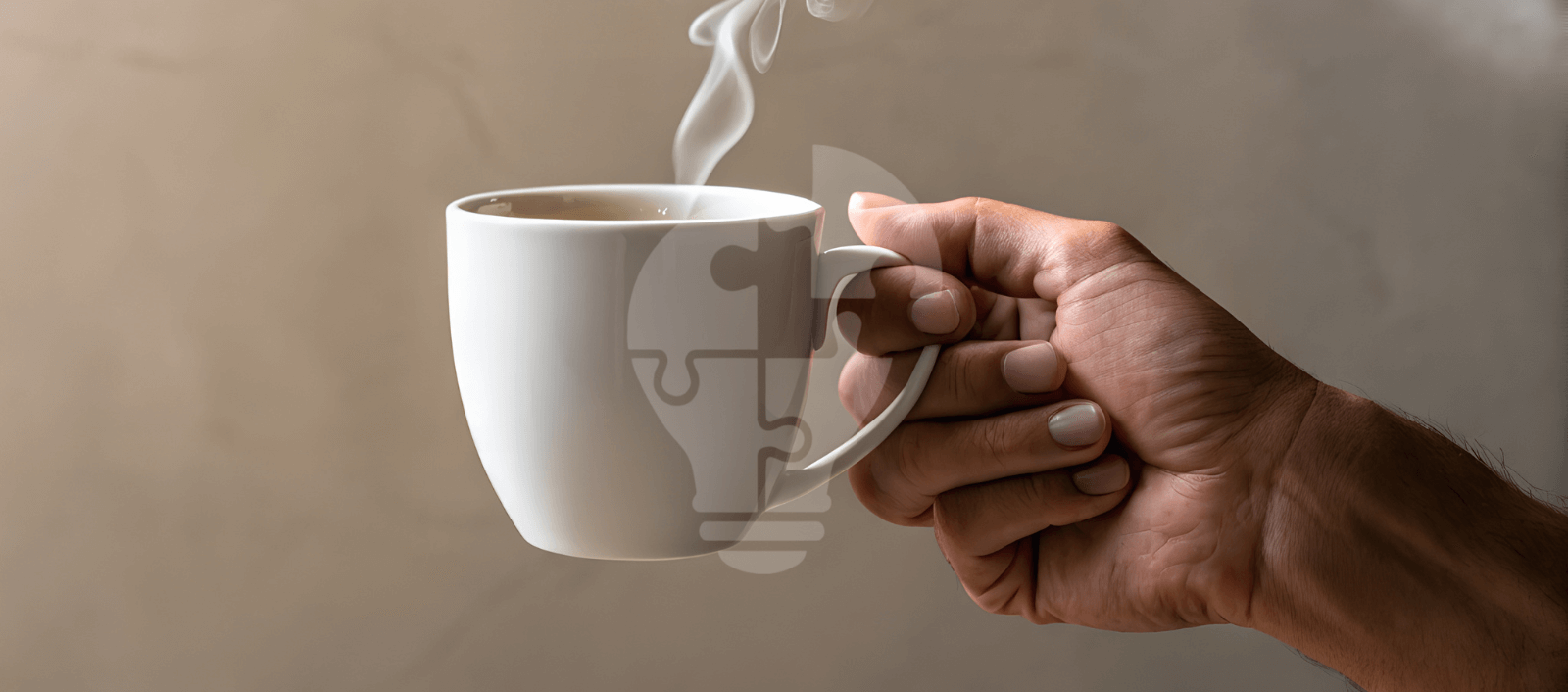
Modes of Transfer
Thermal energy moves in three ways:
Conduction
Conduction is the transfer of heat through direct contact.
Example:
When a metal spoon is placed in hot soup, the handle becomes warm. Heat travels through the metal from one particle to another.
Best conductors:
Metals like copper, iron, and aluminum.
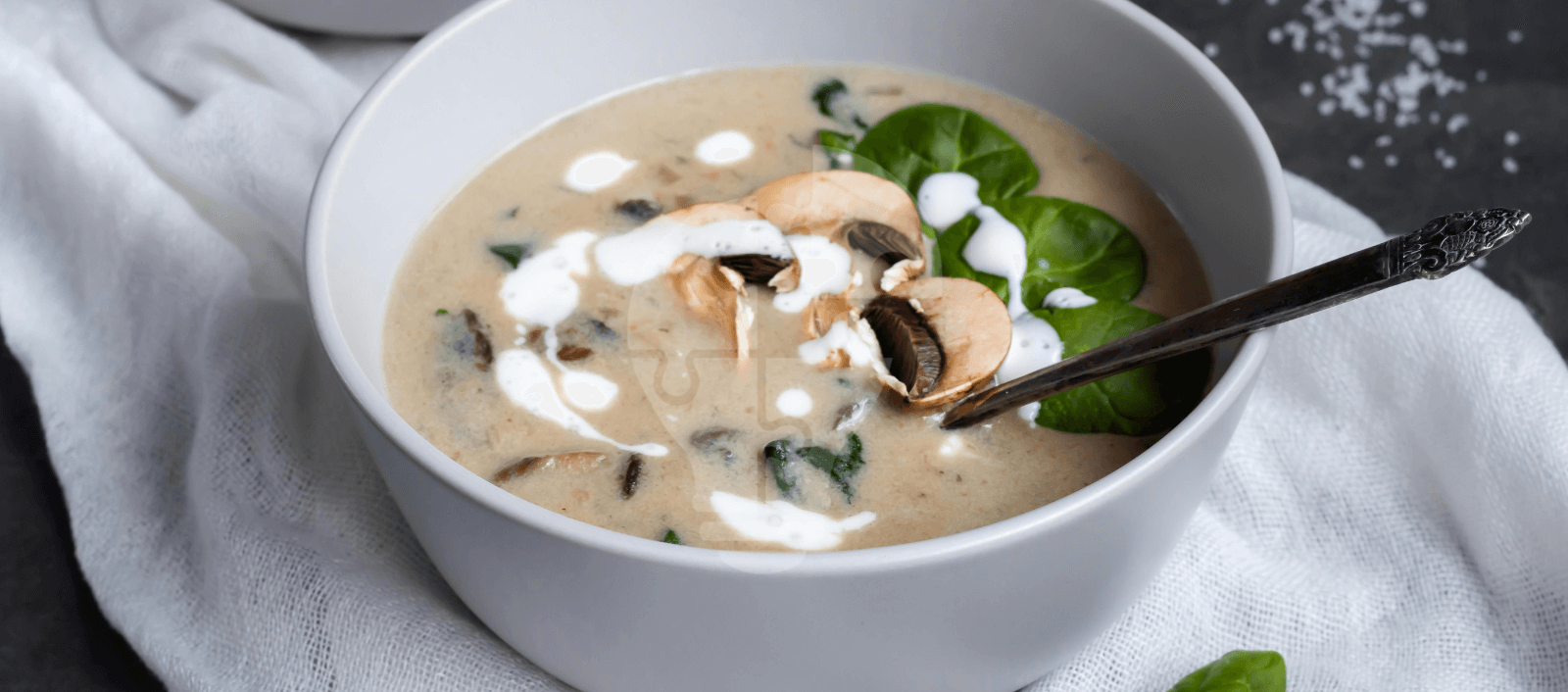
Convection
Convection is the transfer of heat through fluids (liquids or gases).
Example:
When water boils, hot water at the bottom rises, and cool water sinks, forming a circular motion called a convection current.
Everyday examples:
- Hot air balloons rise because warm air is lighter.
- Sea breezes occur due to convection between land and water.
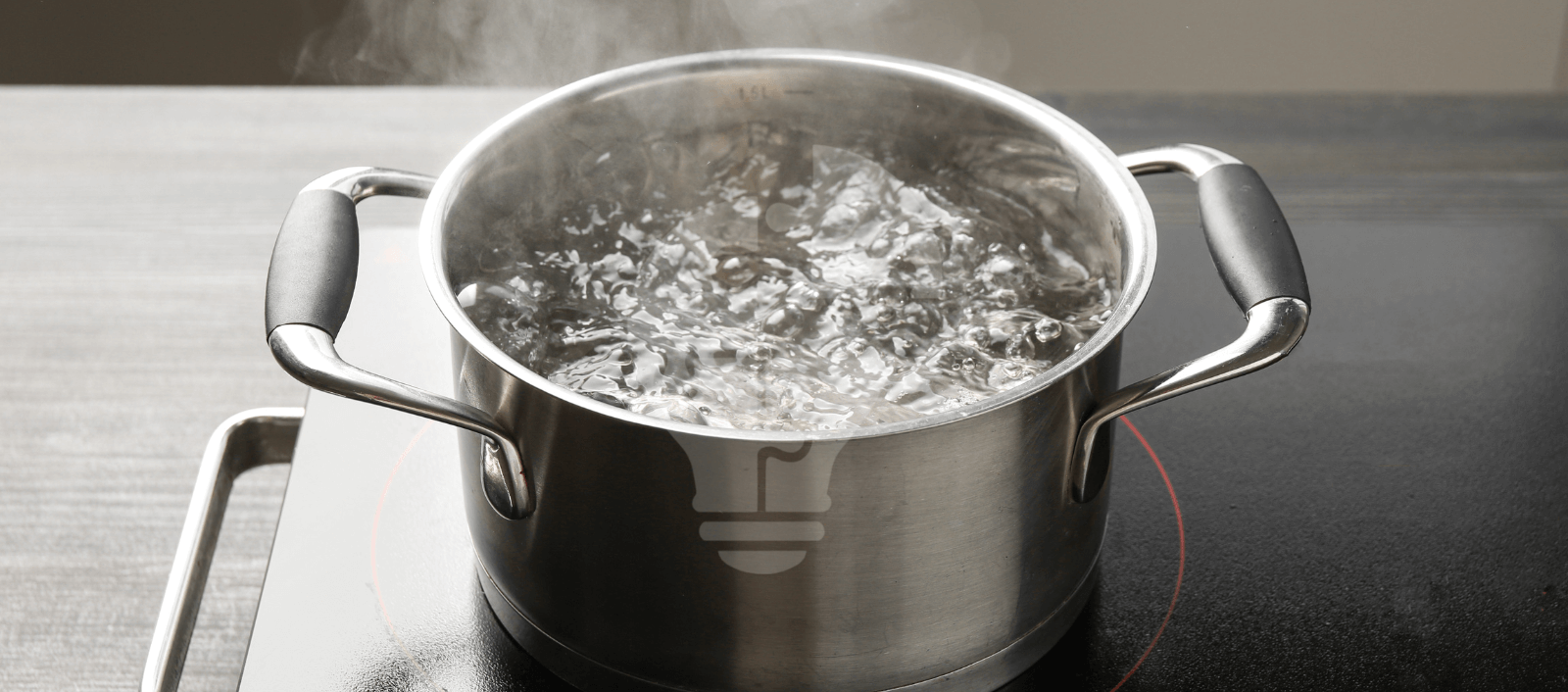
Radiation
Radiation is the transfer of heat through electromagnetic waves, without direct contact.
Example:
The warmth you feel from the sun or a campfire comes through radiation.
Unlike conduction or convection, radiation can travel through empty space.
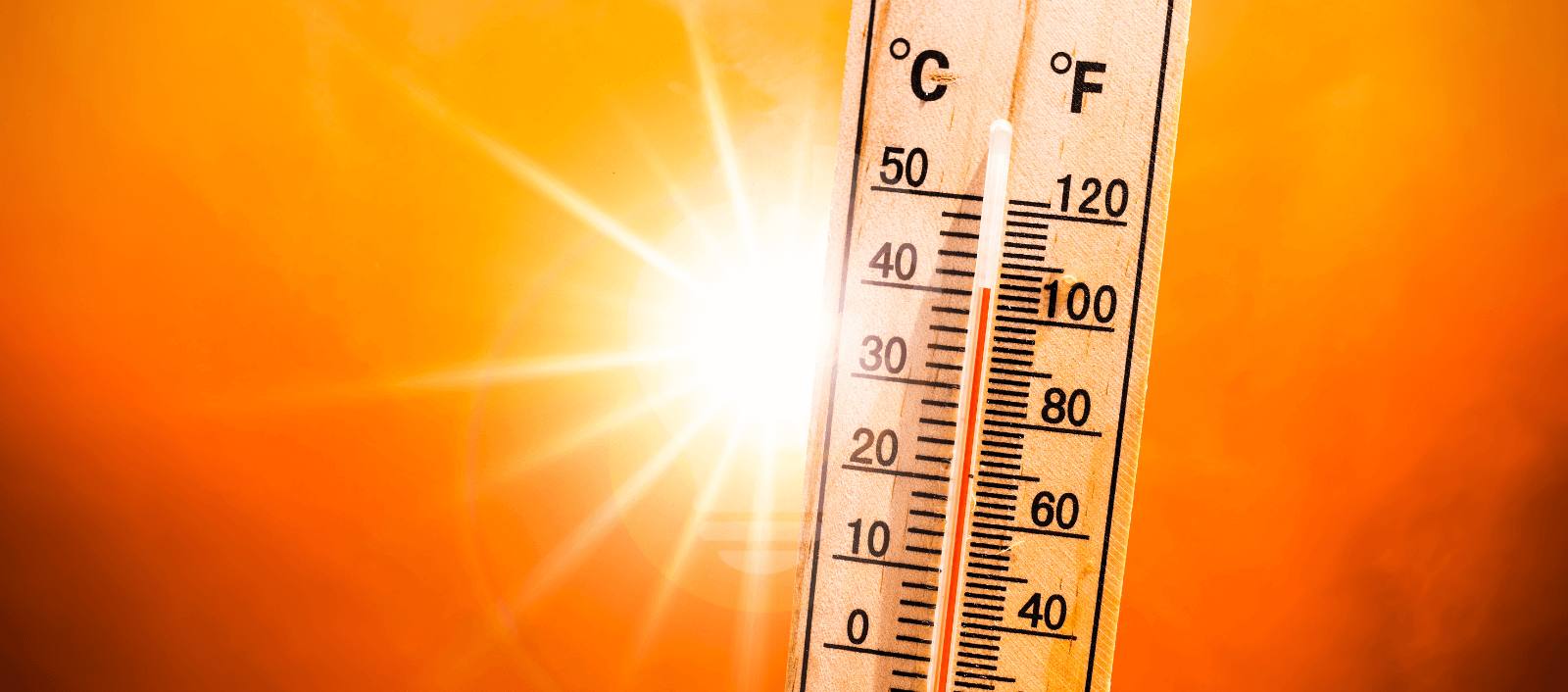
Thermal Energy from Friction
When two surfaces rub against each other, friction converts mechanical energy into thermal energy.
Example:
- When you rub your hands together, they become warm due to friction.
- The tires of a car heat up after long drives because of friction with the road.
Friction is one of the most common natural sources of heat energy.
Thermal Energy from Drag
Drag happens when an object moves through air or liquid, causing resistance. This resistance turns kinetic energy into heat.
Example:
- The nose of a fast-moving jet becomes hot due to air resistance.
- A spaceship heats up while entering Earth’s atmosphere because of drag.
Both friction and drag show how motion energy can change into thermal energy.
Thermal Energy in Daily Life
Thermal energy is everywhere around us.
Common examples include:
- The warmth from sunlight
- Boiling water on a stove
- A running engine
- An iron used to press clothes
- Heat from a campfire
These examples show how thermal energy helps us in daily life for cooking, heating, and generating power.
Relationship Between Thermal and Electrical Energy
Thermal and electrical energy are closely connected.
- Electrical energy can produce heat when current flows through resistors.
- Heat can also produce electricity using thermoelectric generators.
Examples:
- Electric heaters convert electrical energy into thermal energy.
- Power plants use heat (from fuel or nuclear reactions) to produce electricity.
So, while we study What Is Thermal Energy, it’s also helpful to understand What Is Electrical Energy because both are linked in energy transformation.
Thermal Energy Formula in Practice
Here’s how the formula applies in real life:
Example 1:
Heating 1 kg of iron from 25°C to 75°C.
Specific heat of iron (c) = 450 J/kg°C
Q = m × c × ΔT
Q = 1 × 450 × (75−25)
Q = 22,500 J
Example 2:
Cooling 2 kg of milk from 30°C to 10°C.
c = 3900 J/kg°C
Q = 2 × 3900 × (30−10) = 156,000 J released
Applications of Thermal Energy
Thermal energy plays a key role in modern life and technology.
Cooking and Heating
Used in ovens, stoves, and microwaves for preparing food.
Transportation
Engines in cars, ships, and planes use heat energy to move.
Electricity Production
Thermal power plants use heat to generate steam that drives turbines.
Industrial Use
Factories use heat for welding, melting, and processing materials.
Home Appliances
Irons, geysers, and hairdryers work using thermal energy.
Advantages of Thermal Energy
- Available from many sources like the sun, fuels, and friction
- Can be stored and used later
- Easy to convert into other energy forms
- Powers industries and homes
Disadvantages of Thermal Energy
- Can cause energy loss during transfer
- Produces pollution when using fossil fuels
- Requires large fuel amounts in power plants
- Not always renewable
Fun Facts About Thermal Energy
- The sun is Earth’s main source of thermal energy.
- The hottest natural object is the sun’s core, reaching 15 million°C.
- Animals like penguins use body heat to survive cold climates.
What Are Some Examples of Thermal Energy?
- Sunlight – Heat and light energy from the sun.
- Boiling Water – Water molecules move rapidly, producing heat.
- Steam Engines – Steam drives pistons using heat energy.
- Campfire – Converts chemical energy in wood into heat.
- Geothermal Springs – Natural underground heat warms water.
- Car Engines – Fuel combustion releases thermal energy.
- Electric Iron – Converts electricity into heat.
- Toasters – Turn electrical energy into heat energy for cooking.
Thermal Energy vs Electrical Energy
| Feature | Thermal Energy | Electrical Energy |
|---|---|---|
| Source | Particle motion | Movement of electrons |
| Medium | Solids, liquids, gases | Conductors like wires |
| Transfer | Conduction, convection, radiation | Electrical circuits |
| Example | Boiling water | Lighting a bulb |
Conclusion
Thermal energy is one of the most vital forms of energy in our lives. It helps us cook food, drive vehicles, generate electricity, and stay warm.
The movement of tiny particles inside everything we see produces this powerful form of energy.
By understanding what is thermal energy, how it’s transferred, and how it connects to electrical energy, we can use it more efficiently and sustainably.
From the sun’s warmth to the engines in machines, thermal energy keeps our world active and alive.
FAQs
Q1: What is thermal energy in simple words?
A: It is the energy that comes from the movement of particles in a substance.
Q2: What causes thermal energy?
A: Faster particle motion due to heat or friction.
Q3: What is the SI unit of thermal energy?
A: Joule (J).
Q4: What are the three types of heat transfer?
A: Conduction, convection, and radiation.
Q5: Can electricity produce thermal energy?
A: Yes, electrical energy can change into heat energy in heaters and stoves.
Q6: How does friction produce heat?
A: When two surfaces rub, their particles move faster, creating heat.
Q7: What are real-life examples of thermal energy?
A: The sun, engines, and campfires.
Q8: Is thermal energy renewable?
A: Yes, geothermal and solar heat are renewable sources.
Q9: What is the difference between heat and temperature?
A: Heat is energy transfer; temperature measures particle motion.
Q10: How is thermal energy measured?
A: Using thermometers and calorimeters.
Q11: Can thermal energy be converted into electricity?
A: Yes, in thermal power plants and thermoelectric devices.
Q12: What is the role of the sun in thermal energy?
A: It’s the Earth’s main natural source of heat.
Q13: How do animals use thermal energy?
A: They use body heat to stay warm in cold climates.
Q14: What are everyday examples of radiation?
A: Sunlight, infrared lamps, and microwaves.
Q15: How does conduction work?
A: By direct contact between two substances.

